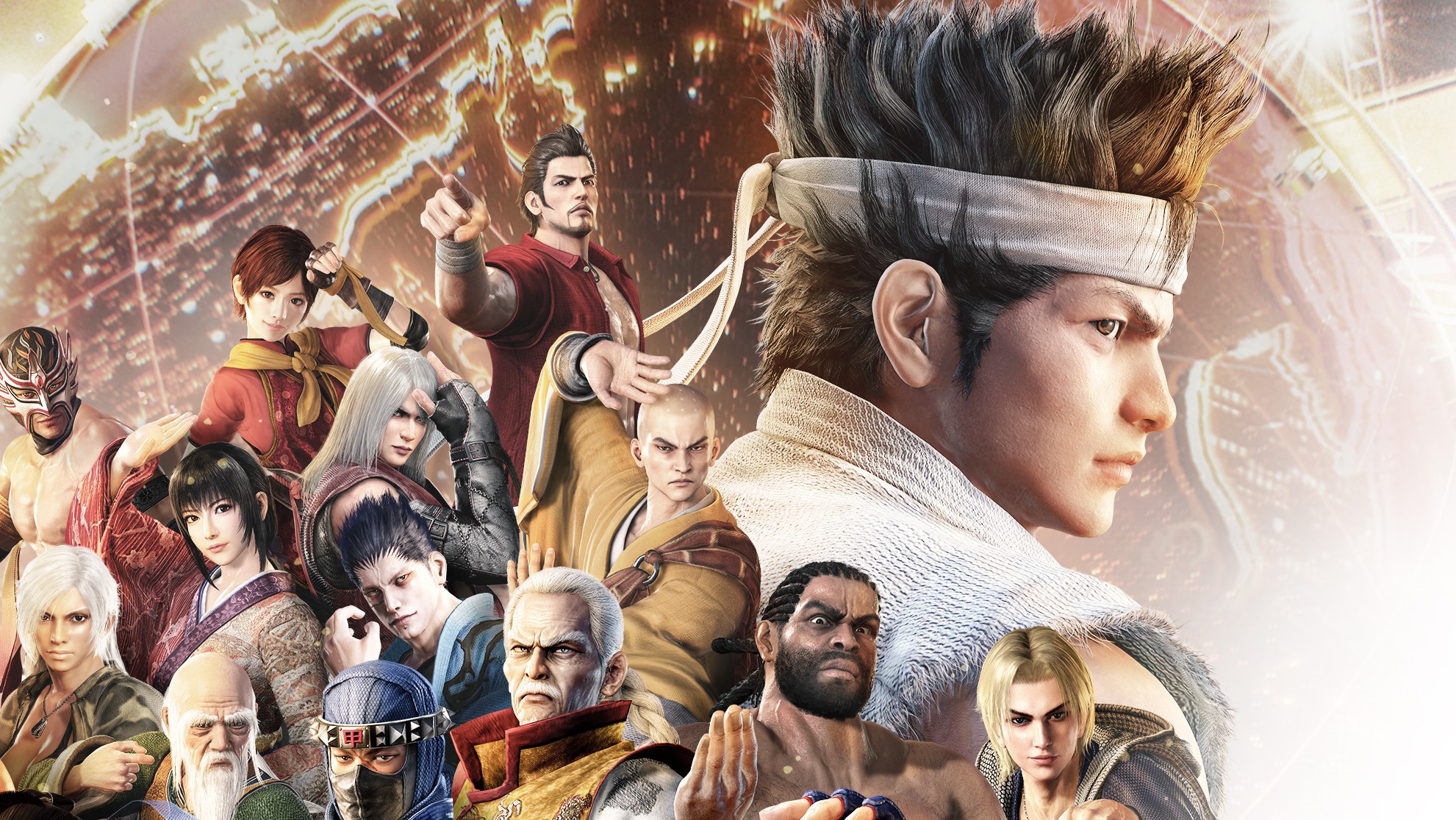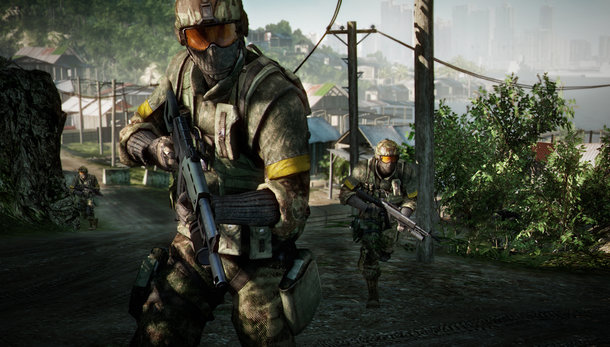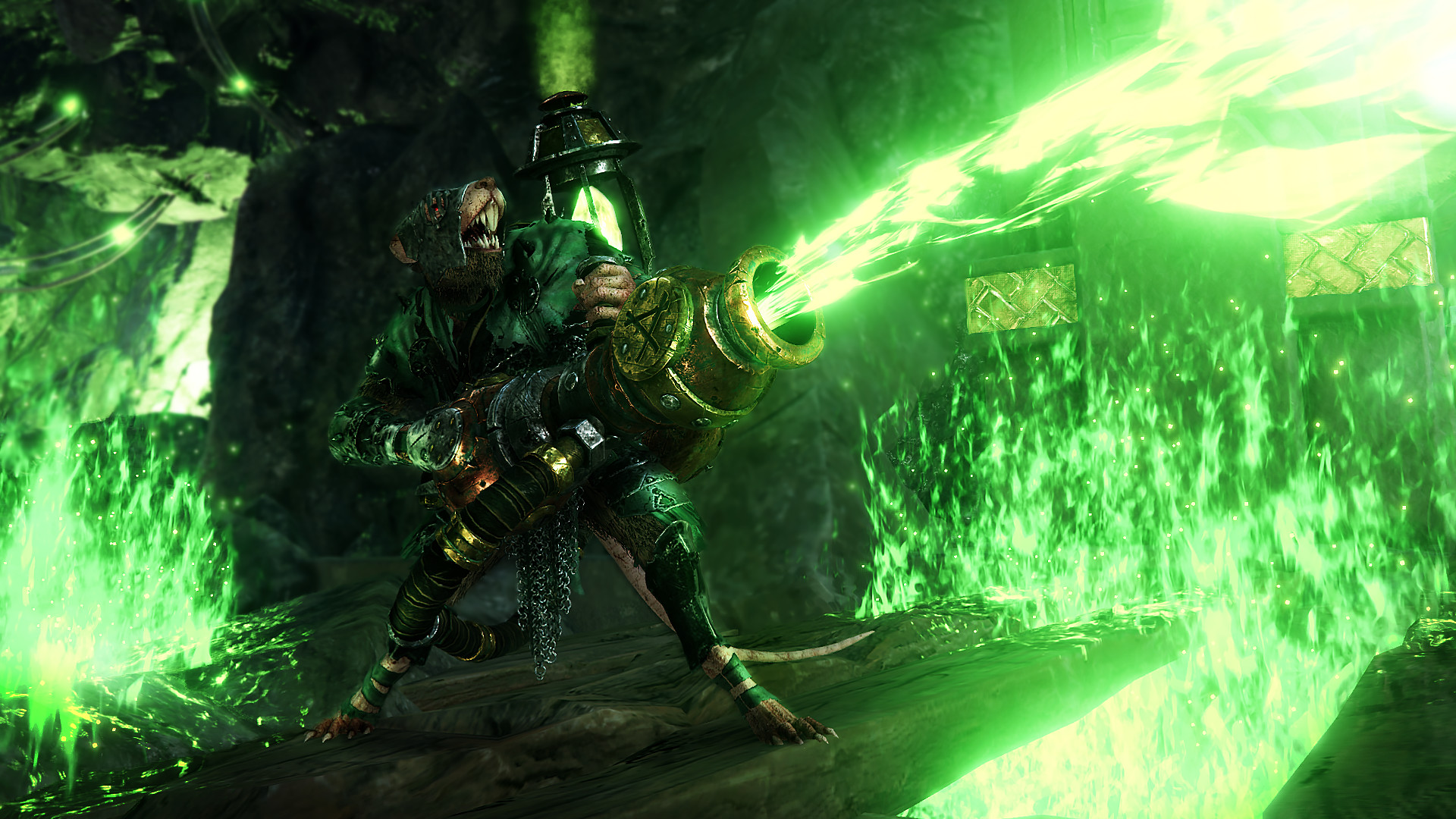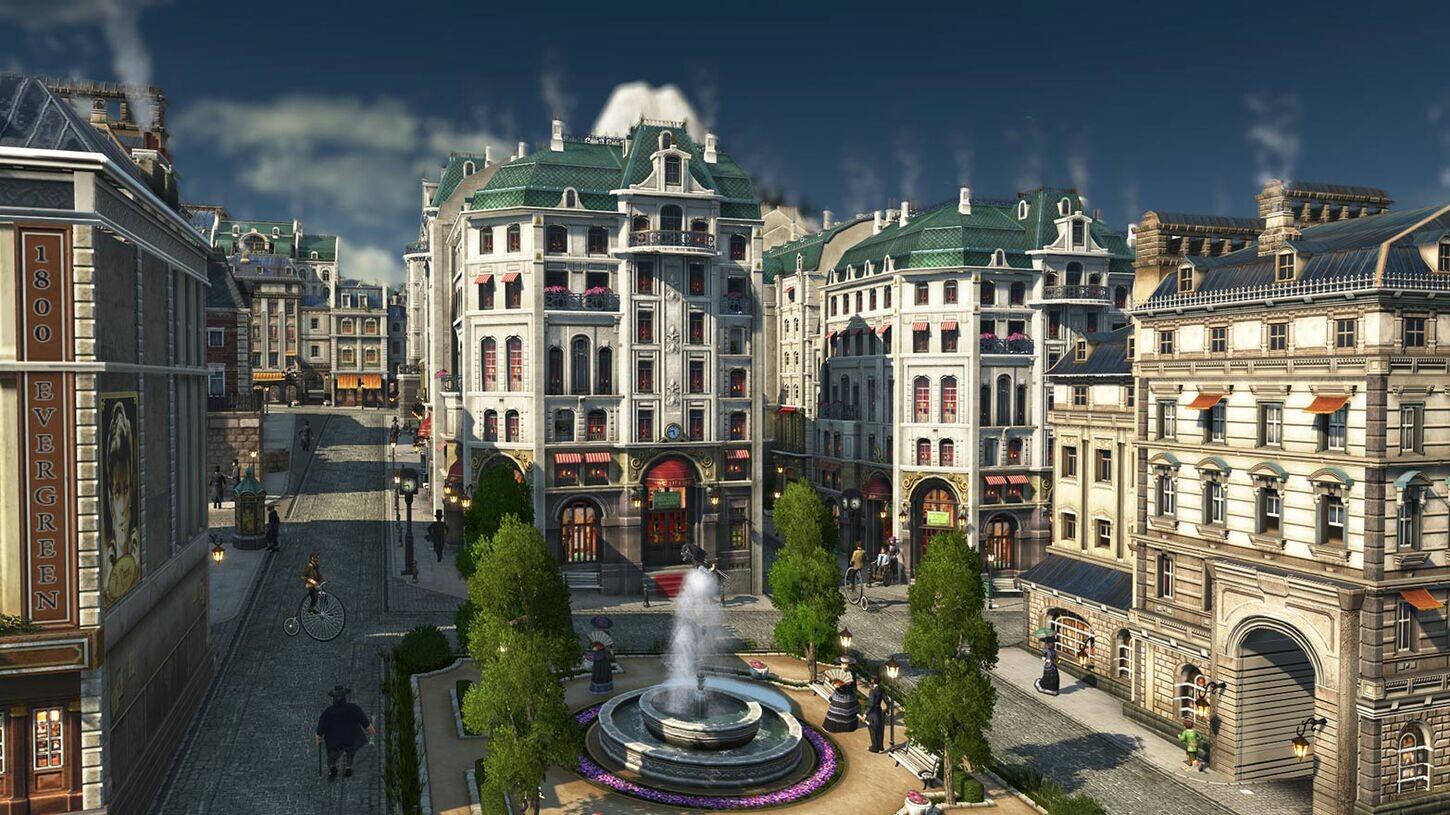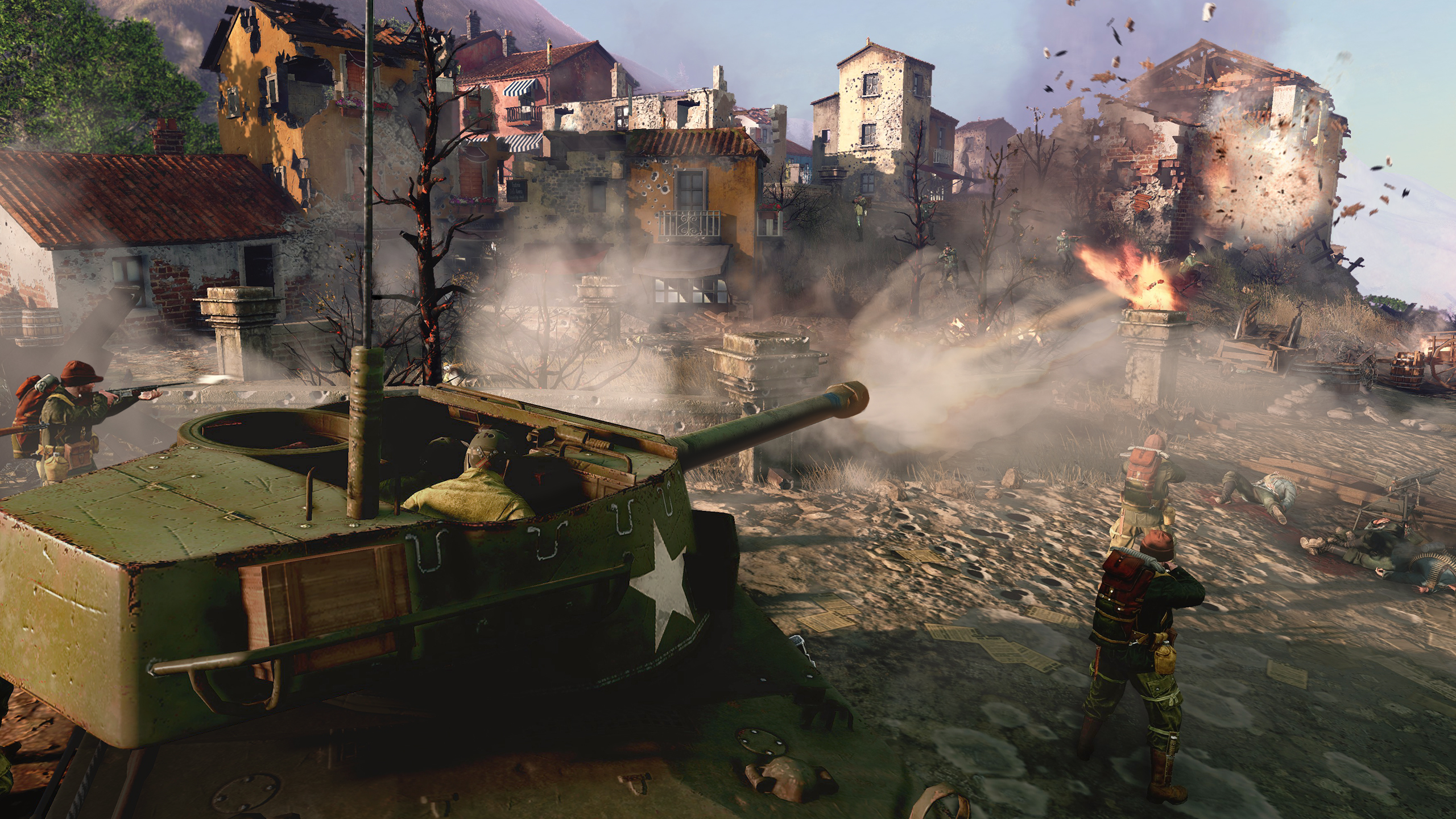What is a legacy? I’ve struggled with that question as I’ve tried to write about Virtua Fighter 5 R.E.V.O., the latest entry in the series that invented 3D fighting games before eventually fading from the public consciousness. R.E.V.O., a new version that just hit Steam last week, is a chance to reset that, for one of the most beloved fighting games ever made to find a new worldwide audience.
But the first thing you have to understand about Virtua Fighter 5 is that it’s old. The original game released in Japanese arcades in 2006. To put that into perspective, that’s a year after the Xbox 360 launched; Halo 3 and Call of Duty 4: Modern Warfare were still a year away, Street Fighter 4 was two years out, and Apple’s App Store didn’t yet exist. I’ve been asking fighting game players why a port of a 19-year-old game matters in 2025—and why Virtua Fighter matters in general, despite collecting dust for longer than it was active as a popular series, at least in the West.
The answer runs deeper than Virtua Fighter pioneering 3D fighting.
“It’s hard to describe the feeling to someone who’s never played it before because it’s not flashy like a Tekken or Soul Calibur or even Dead or Alive, but everything about the fighting system just clicks,” said domaug, who’s been playing competitively since 2001’s Virtua Fighter 4. Domaug explained that the lack of bombastic supers and combos can make it look like not much is happening in a Virtua Fighter match, but in experienced hands the games move fast.
“It’s like you’re watching a kung fu movie unfold in front of you. I think why it’s survived this long is because its fluid fighting system hooked its players, never letting go. It’s a fighting game that’s truly unique; no other fighting game ‘feels’ like Virtua Fighter.”
You feel that when you play it. Unlike Tekken, Virtua Fighter has a block button and simpler inputs: instead of mapping a limb to each button you have a punch, kick, and block button, and that’s it. Virtua Fighter seems very easy to pick up and play, but it’s as deep as an ocean, and matches happen faster than you can spit.
Commentator Lawrence “WingedRegent” Maldonado described it this way: “Virtua Fighter is a lot more grounded … if a game like Tekken or Soul Calibur or even Dead or Alive is your favorite shonen anime, then I would say Virtua Fighter is your favorite martial arts movie … It’s a lot more reined in in terms of what the characters can do … When you see two VF players at a top level do what they do, you get to see that beautiful flow of combat.”
Having spent a lot of time in various versions of Virtua Fighter 5 over the years and R.E.V.O. itself, it’s hard to disagree. Virtua Fighter is a game of move and countermove. It’s pure and focused, and in a genre where games are increasingly fantastical and characters more and more powerful, it feels increasingly rare. Nobody is transforming into a devil and shooting eyebeams or conjuring energy from thin air.
Cory “Virtua Kazama” Mewborn reminded me that Virtua Fighter’s reputation for cutting-edge tech isn’t just down to pioneering the 3D fighter in 1993. “Virtua Fighter has always been the blueprint for the 3D fighting game because it always makes itself into something brand new,” he said. Mewborn has been active in the scene since 2010 and organizes tournaments in addition to competing and commentating. Considering how long it’s been since the series has seen a new entry, its diehard players have had plenty of time to brush up on their history.
“Virtua Fighter 2 gave us motion capture for the very first time,” he said. “3 gave us environments [with stairs and slopes] and eye tracking. Virtua Fighter 4 gave us sabakis, which is basically an attack with reflective properties.”
If being cutting edge is Virtua Fighter’s legacy, though, R.E.V.O. isn’t that. It’s still, at its heart, a revision of a game that is nearly 20 years old. But R.E.V.O. is the first time the series has appeared on PC since some ancient Windows 95 ports; it also marks the first time the series will have rollback netcode, a now-genre staple that has made playing with other players around the world possible without major drawbacks. While R.EV.O.’s rollback can have lag issues if one player’s connection is bad, I’ve only ever had excellent matches on it.
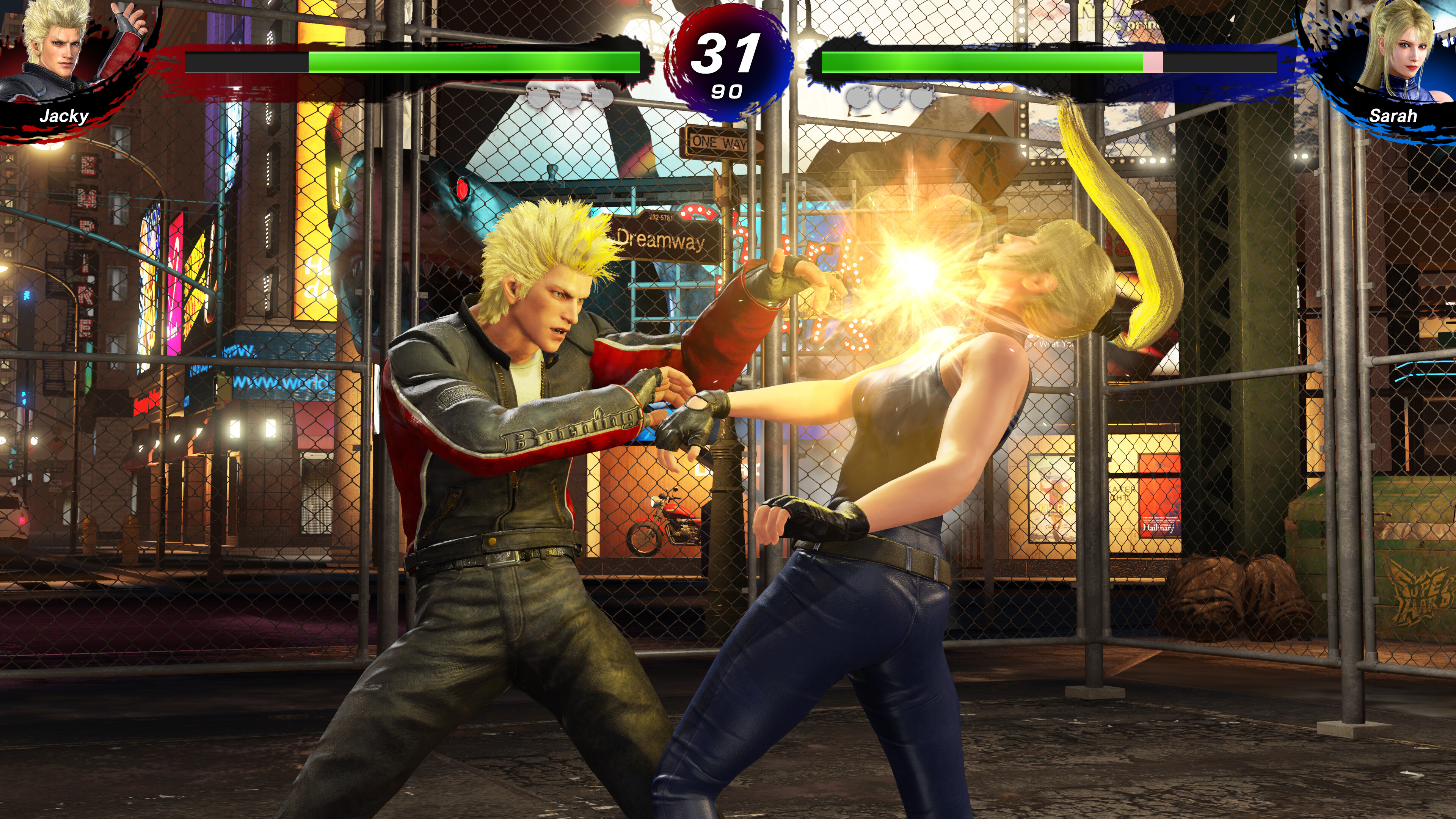
But this is about more than a netcode solution: It means that a community that has previously been somewhat segregated by regions and different game versions can finally play together.
“Even with Virtua Fighter 5: Ultimate Showdown, when that came out, there was… the global version of the game, and then there was Virtua Fighter eSports, which was the Japanese version of the game that was on arcade and PS4, and those two player bases could not interact,” Maldonado explained. “With VF5 R.E.V.O., that last remaining sort of border has eroded, and now players can just finally reach out and play with each other across the world.”
It’s a huge win for a community that has survived, in many ways, on sheer love and force of will. And that’s saying something for a corner of the already fiercely loyal and protective FGC.
“The community has welcomed everyone, trying to get as many new players as possible through community tournaments, locals, Discord servers, and overall positive attitudes,” domaug told me. “I know many of the long-standing members of the North American and European VF communities have done everything they could to get Sega’s attention as the game’s focus has almost exclusively been on Japan. They wanted to show Sega that Virtua Fighter is beloved outside of Japan, and they eventually noticed and rewarded that loyalty in a huge way.”
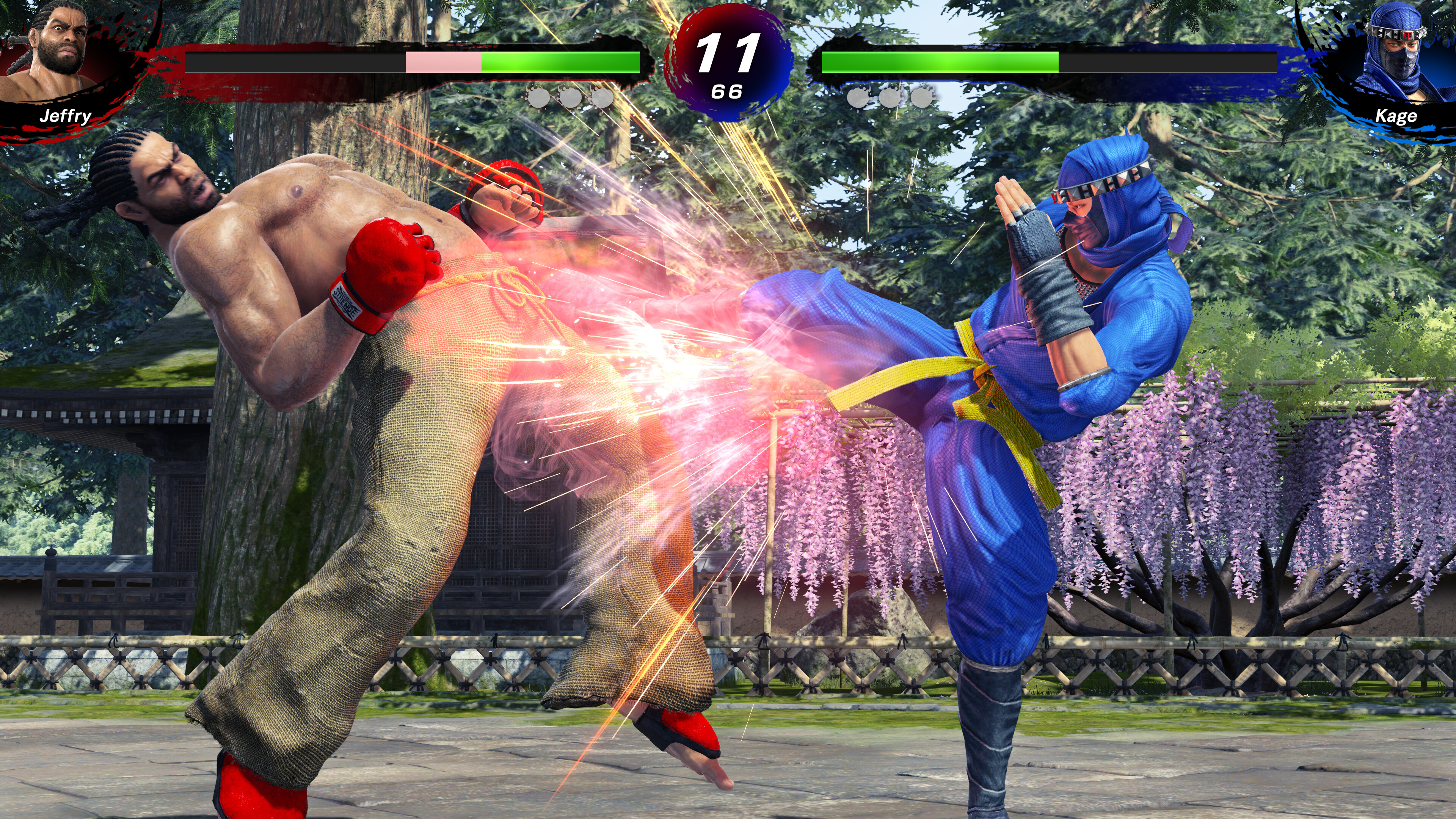
Mewborn puts it more simply. “We try to bring it all together. We try to level each other up.”
It’s been a tall ask, but R.E.V.O.’s release has shown that Sega is listening, and I’ve rarely seen a community more deserving to have their work rewarded. R.E.V.O. isn’t just a port of Ultimate Showdown with new netcode (itself a prettier version of Final Showdown, a game from 2012). It’s also bringing balance changes to Virtua Fighter 5 for the first time in 13 years. Imagine if Capcom hadn’t touched Street Fighter at all for more than a decade, and suddenly brought Street Fighter 4 to modern platforms, prettied it up, and even rebalanced it and added in some favorite moves from earlier games in the series.
“The gameplay is still Virtua Fighter 5: Final Showdown, but the balance patch was what made a difference because there were moves that we never thought we would see again,” said Mewborn. “There’s some moves, some throws, that were taken out. It really made us rethink how to play our characters that we know and love.”
Rediscovering how things work is now a new experience, even for series veterans. “It’s a trippy experience,” said Maldonado. “Even people who’ve been playing since VF5: FS in 2010, even in the arcades, they’re now learning new things about their characters after not having had a new thing to discover for 14 years.”
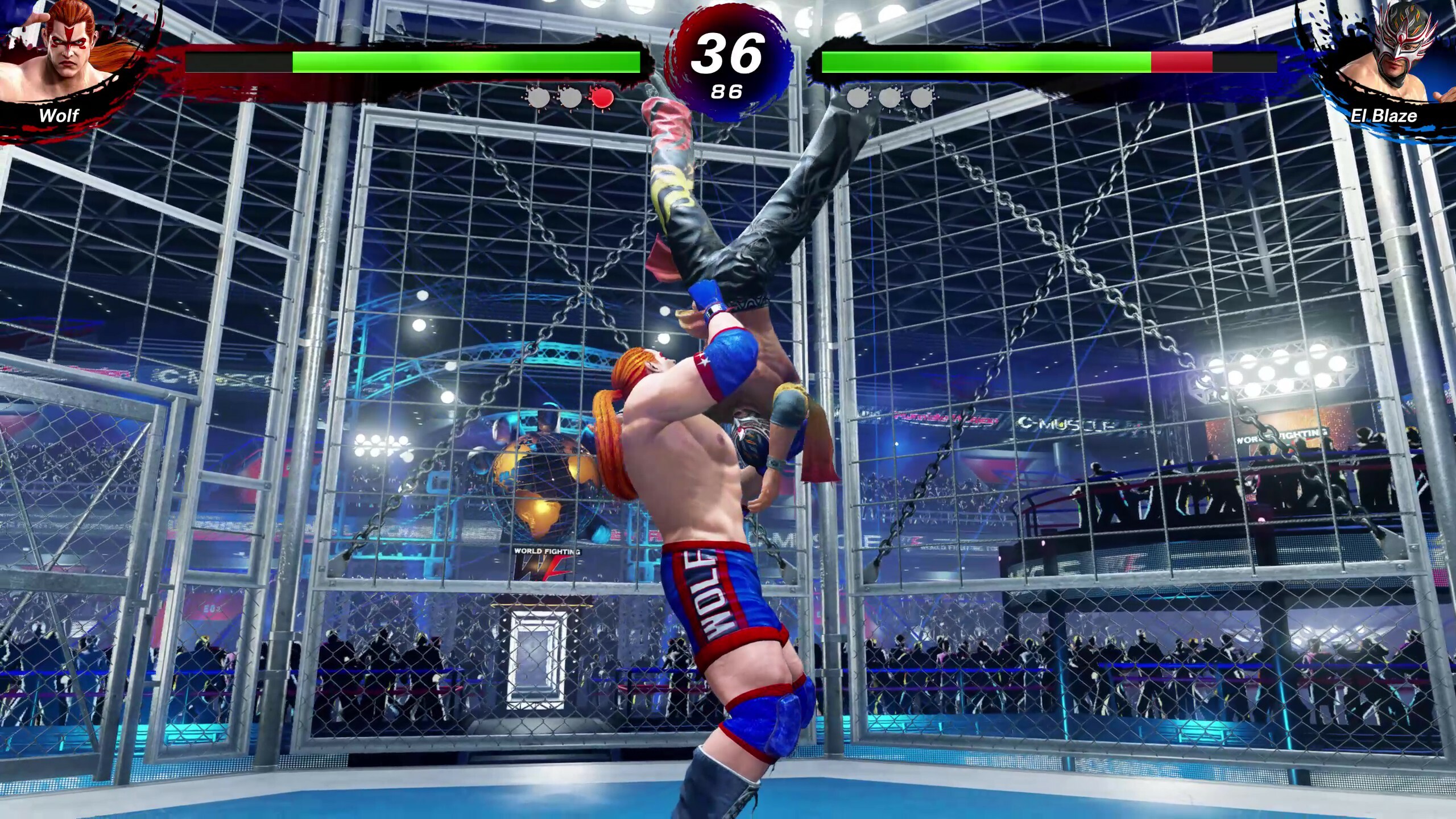
And Sega is clearly listening to fan feedback. The community discovered, for instance, that a change to one of Eileen’s moves could produce a pseudo-infinite because of an added stagger effect on normal hits, but Sega quickly fixed it. It’s hard to overstate how much goodwill a quick response like that builds.
Virtua Fighter 5 R.E.V.O. is resurrection. Rebirth. A chance for one of the greatest, longest-enduring fighting games and its community to finally get their chance in the sun again, revitalizing them before the release of Virtua Fighter 6 from the same team that develops Like a Dragon.
If you’re part of the FGC, you have that fighting game that defines you; that, to quote Mewborn, “will stick with you no matter what.” Those players believed in Virtua Fighter when even Sega didn’t seem to. That faith has been rewarded, and they’re excited to see new people play Virtua Fighter for the first time. If that community has a message, it’s this, from domaug: “I really hope you enjoy Virtua Fighter going forward and I want it to make you as happy as it’s made me over the years.”
What’s a legacy? Maybe it’s as simple as that.






